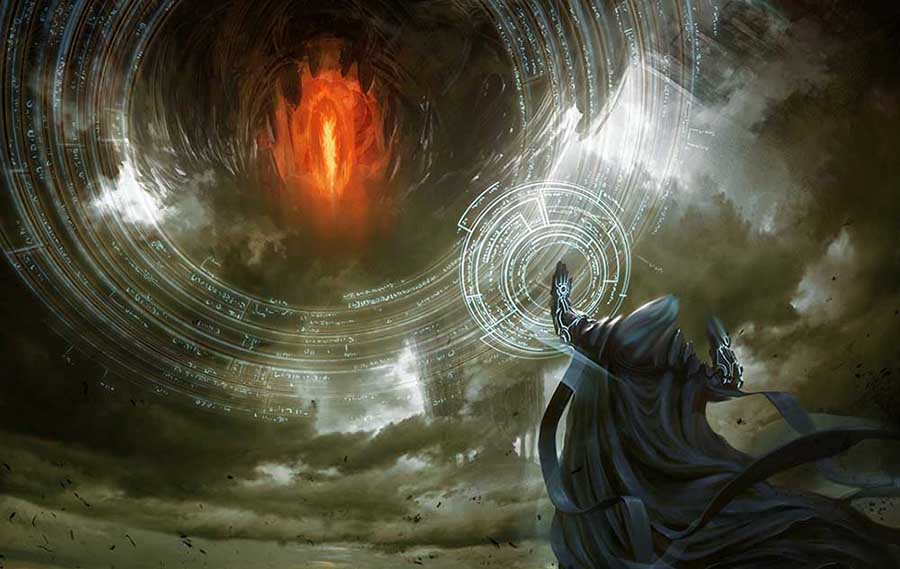Religion in Tairos
The time before recorded history is one of speculation, myth and legend. Faith helps fill in those missing pieces with stories. Stories such as vast and complex creation myths, times of darkness and times of light. However, none of these tales are verifiable. They are myth and nothing more.
Faith has been a major driving force in the evolution of Tairos’ most powerful races. For the humans and halflings it was what bonded them together and fostered the sense of shared community that made the building of great cities like Balmoral possible. For the dwarves, religion became the bedrock of their ancestor worship. The highborn elves of Melanthris trace their lineages to priests and divine heroes- claiming divine blood flows through their veins. The Fang Crusades were driven by Sessin’yek and the cult of the Traveler.
Only the gnomes largely shunned the concept of religion. They embraced matters of philosophy, science and planar exploration over dogmatic worship and ritual.
Religion, while important to the many races, was never used as a justification for conquest or violence between the people of Tairos. The many gods of the humans, halflings, dwarves and elves were like-minded in their belief that prosperity was possible for all races together rather than at each other’s expense.
The earliest texts on the subject of divinities was written by the highborn elves and in them the authors relate a simple tale. The gods accounted for the many resources of Tairos and found no shortage of gifts the land could offer. So rather than bicker over the bounty they agreed to share it. And that Tairos’ mortals would share it as well. To preserve this accord the gods agreed to never interfere in the happenings of mortal Tairos. They would not walk among the living as gods, they would not work grand miracles and they would not harm the land upon which the faithful existed. Together they created a great barrier around Tairos that would prevent their direct intervention, one that could not be undone. This is known as the Decree of the Lightbringer
However, the leylines of Tairos would be their sole connection to their followers. Through these magical conduits they would be able to speak to their people and their people would be able to call upon the divine magic of their gods.
The elven texts are rather unclear on exactly what the barrier is that gods created, how they tethered their gifts and voice to the leylines and if there was a means of circumventing the barrier. The text itself is highly suspect and may only be a portion of the true story or a complete fabrication.
While there are many scholarly tomes that try to address the nature of the gods there are far more texts written by the faithful themselves. Each god has their own sacred scriptures that expound upon their greatness, origin and expectations of their followers. Among all these books is one that every religion holds to be true, the Vale Manuscript.
The Author of the Vale Manuscript is unknown and the nature of the book is different from the other texts. It concerns the god known as Vale who is believed to be the Lord of the Sun and father to both Sandor and Wynte. The book also describes him as being an entity unlike any other- aloof, strange and powerful even by the standards of the divine. This book speaks of the journey of the gods, their crossing of the great void in the heavens and their fight for survival against the predatory forces of a distant and sentient darkness. Many believe that force to be the same force worshipped by the Cult of Sessin’yek. The force known as Oblivion. The book speaks briefly about the death of other gods, the loss of other worlds and their trek through the heavens to reach Tairos.



Comments